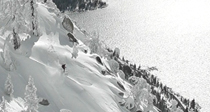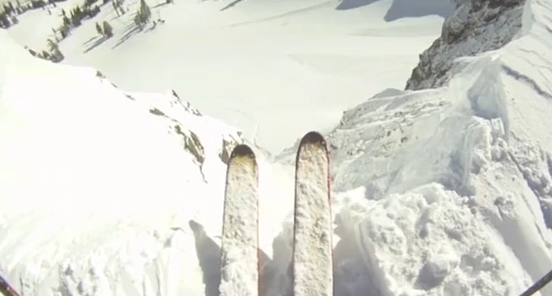By Susan Schnier
December 2003
Approach Shasta for the first time from
You’ll be hard-pressed to find a longer descent in the
The Route
South facing Avalanche Gulch is the classic and least technical route. Best from May through June you need to summit before the snow turns to sludge. You can bootpack most of the ascent, using crampons in a few of the icy, steeper sections. The ascent is seven miles and the elevation gain is 7000+ feet. You can leave from the trailhead at Bunny Flat in the afternoon, sleep at Horse Camp or
The Descent
Descending Avalanche Gulch is as effortless as skipping class on a warm spring afternoon. Provided you time it right, you’ll have smooth sailing down 7,000+ feet of perfectly pitched, crevasse-free
Safety
The best way to do Shasta the first time is with a guide. With no foothills to cradle it, Shasta has its own weather system, often capped by lenticular clouds that signal the onset of winds and snow The weather changes rapidly so always be prepared for storms.
Other Info
Permits, available free of charge at the
Guide services:
Alpine Skills International (ASI): www.alpineskills.com, 530-582-9170
Sierra Wilderness Seminars: swsmtns.com, 888-797-6867
Eric DesLauriers works with ASI and Leslie Ross runs Babes in the Backcountry women’s courses in conjunction with SMG.
Leslie Ross: 970-453-4060, leslie@babesinthebackcountry.com
Eric DesLauriers: 888-754-2201, info@allmountainskipros.com
For weather and route information, the United States
McCloud Ranger Station: 530-964-2184
Gear and Route Info:
The Fifth Season rents and sells everything you’ll need for Shasta including ice axes, crampons, mountaineering boots, skis, packs, gaitors, and tents: 530-926-5555
House of Ski & Board: 530-926-2359, www.hosab.com
More:
Sierra Club/Horse




Recent Comments